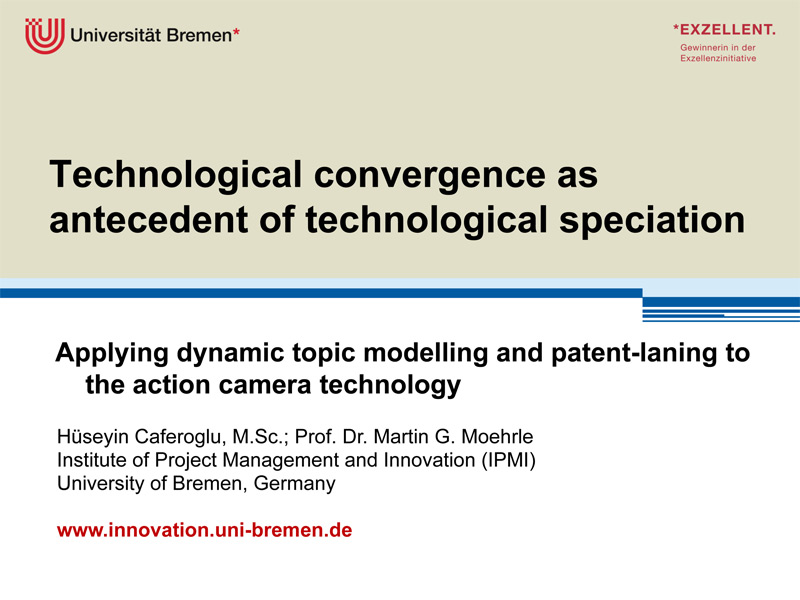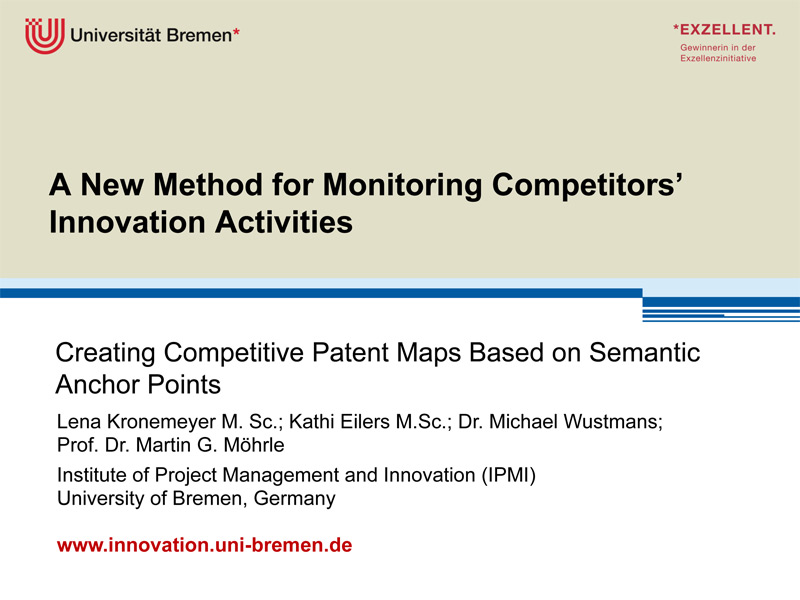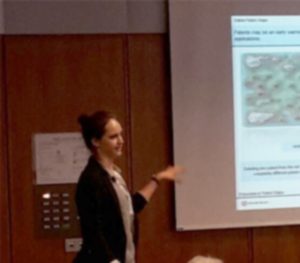 Nils Denter, Lukas Jan Aaldering and Hüseyin Caferoglu published a new paper in the Foresight journal titled “Forecasting future bigrams and promising patents: introducing text-based link prediction”.
Nils Denter, Lukas Jan Aaldering and Hüseyin Caferoglu published a new paper in the Foresight journal titled “Forecasting future bigrams and promising patents: introducing text-based link prediction”.
Purpose: In recent years patents have become a very popular data source for forecasting technological changes. However, since a vast amount of patents are “worthless” (Moore, 2005), there is a need to identify the promising ones. For this purpose, previous approaches have mainly used bibliographic data, thus neglecting the benefits of textual data, such as instant accessibility at patent disclosure. To leverage these benefits, this study aims to develop an approach that uses textual patent data for predicting promising patents.
Methodology: For the identification of promising patents, the authors propose a novel approach which combines link prediction with textual patent data. Thereby the authors are able to predict the emergence of hitherto unmentioned bigrams. By mapping these future bigrams to recent patents, the authors are able to distinguish between promising and nonpromising patents. To validate this approach, the authors apply the methodology to the case example of camera technology.
Findings: The authors identify stochastic gradient descent as a suitable algorithm with both a receiver operating characteristic area under curve score and a positive predictive value of 78%, which outperforms chance by a factor of two. In addition, the authors present promising camera patents for diverse application fields, such as cameras for surgical systems, cameras for rearview vision systems in vehicles or light amplification by stimulated emission of radiation detection and ranging cameras for three-dimensional imaging.
Research implications: This study contributes in at least three directions to scholarship. First, the authors introduce a novel approach by combining link prediction with textual patent analysis and, in this way, leverage the benefits of both worlds. Second, the authors add to all theories that regard novel technologies as a recombination of existing technologies in presenting word combinations from textual data as a suitable instrument for revealing recombination in patents. And third, the approach can be used by scholars as a complementary or even integrative tool with conventional forecasting methods like the Delphi technique or Scenario planning.
Practical implications: At least three practical implications arise from the study. First, incumbent firms of a technology branch can use this approach as an early-warning system to identify technological change and to identify opportunities related to their company’s technological competence and provide inspiration for new ideas. Second, companies seeking to tap into new markets may also be interested in the approach as managers could anticipate whether their company’s technological competences are in line with upcoming trends. Third, the approach may be used as a supportive tool for various purposes, such as investment decisions or technology life cycle analysis.
Originality: The approach introduces textual patent data as suitable means for forecasting activities. As the statistical validation reveals, the promising patents identified by the approach are cited significantly more often than patents with less promising prospects.
Denter, Nils; Aaldering, Lukas Jan; Caferoglu, Huseyin (2022): Forecasting future bigrams and promising patents: Introducing text-based link prediction. In Foresight ahead-of-print (ahead-of-print).
DOI: 10.1108/FS-03-2021-0078.
 Nils Denter, Lukas Jan Aaldering and Hüseyin Caferoglu published a new paper in the Foresight journal titled “Forecasting future bigrams and promising patents: introducing text-based link prediction”.
Nils Denter, Lukas Jan Aaldering and Hüseyin Caferoglu published a new paper in the Foresight journal titled “Forecasting future bigrams and promising patents: introducing text-based link prediction”.




